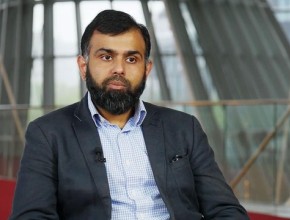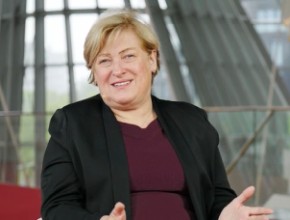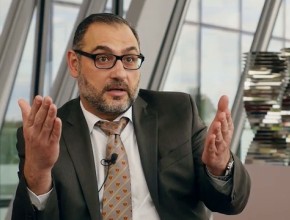Since our talk last year at MIRCIM 2016, have there been any new studies on noninvasive ventilation with clinically important conclusions?
Andreas Freitag: I think what we are seeing is a huge transformation, at least where I practice. I think it is true worldwide that people with advances in technology and with smaller machines—they are more comfortable, the interface is much better—and many patients with many types of diseases are certainly much more comfortable.
As an example, a couple of things. One is that one of the biggest transformations that I have actually seen in my hospital is the use of high-flow oxygen. It is not really mechanical ventilation, but for a large proportion of patients with respiratory failure for whatever reason, we are using a lot more high-flow oxygen or Optiflow in that regard. And they are not actually on any form of mechanical ventilation. That is number one.
Number two is that we are also seeing more and more—not just in the intensive care unit but on the wards—patients that are on noninvasive mechanical ventilation, whether we are dealing with exacerbations of chronic obstructive pulmonary disease (COPD) or obesity hyperventilation syndrome, severe obstructive sleep apnea, that is not responsive. Why is that good or why is that important? The patients are much more comfortable, they do not necessarily have to be in a high-intensity area, and they can be managed appropriately from that perspective. I am seeing a huge increase in usage and popularity of noninvasive mechanical ventilation for respiratory failure for whatever reason across the board, especially on an inpatient basis.
 English
English
 Español
Español
 українська
українська






